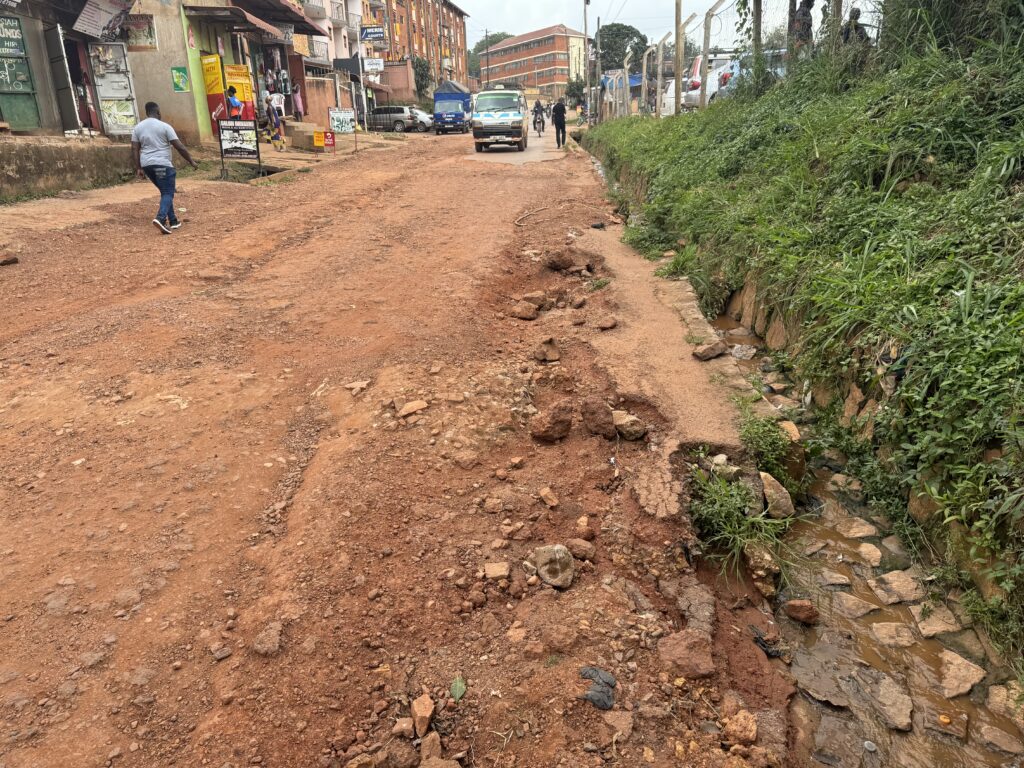By Madelin N Kisuule
As the 2024 edition of the Kampala Disability Festival draws closer, the question of inclusivity and accessibility for persons with disabilities, particularly wheelchair users, hangs heavy in the air. The festival will be held on the 16th of November at the KCCA gardens under the theme, “Celebrating abilities.” It will be held against the disturbing backdrop of the exclusion of wheelchair users from many parts of Kampala resulting from a lack of accessibility.
According to the Situational Analysis of Persons with Disabilities in Uganda, which was released by the Ministry of Gender, Labour, and Social Development in September 2020, 4% of adults with disabilities have walking impairments, making it the second most prevalent impairment among adults living with disabilities in Uganda. This number is predicted to rise as disability is expected to increase among all age groups by 2050, according to the same analysis. Many of these individuals use assistive devices such as wheelchairs to aid their movement and are entitled to a barrier-free environment and structures such as ramps and elevators to enable movement with independence and dignity.
The city, with its crater-sized potholes, scarce sidewalks, and heavy human and motor traffic, is no small feat to manoeuver. This proves to be a challenge for wheelchair users, according to Tusiime Miika, the 90th GRC for students with disabilities at Makerere University and an ambulatory wheelchair user.
“Many places in the city do not have provisions for wheelchair users, so we have to compete for space on the road,” he remarked.
One of Kampala’s roads that does not accommodate wheelchair users
This, however, is not limited to Kampala’s crowded streets but often extends to many of its buildings as well. According to the Persons with Disabilities Act 2020,
“An owner or a person in charge of a building to which the public is allowed access shall, subject to the requirements of the laws on building standards and other relevant laws, provide appropriate access for persons with disabilities to the building.”
For wheelchair users, access is facilitated through structures such as ramps and elevators for multiple-story buildings. Unfortunately, many buildings in the city operate in contravention of this law, with many lacking the structures and, in some instances, poorly constructing and maintaining them, eventually rendering them unusable.
“Despite wheelchair accessibility being mandatory for public buildings, the implementation is the biggest issue. Structures like ramps are often an afterthought for developers as they take up space that they would prefer to use commercially. Though a lot of buildings have successfully and appropriately implemented wheelchair accessibility, many others have not because of the extra cost,” explained a city architect who prefers to remain anonymous.
This disregard for wheelchair accessibility over cost concerns comes at an even greater cost to wheelchair users, as Tusiime explains.
“Many buildings limit wheelchair access to just the first floor, despite having higher floors a wheelchair user needs to access. Many do not have structures like ramps at all, which is very limiting. Even here at Makerere University, there are some buildings and places that are very difficult for a person to access with a wheelchair, such as the College of Computing and Information Science, which only has stairs despite students with disabilities having lectures on like the 6th level.”
He reveals that his experience is different from that of wheelchair users who are non-ambulatory since, in situations where structures granting access, such as elevators and ramps, are non-existent, he walks. However, this is of great concern as some students might miss out on physical lectures as the lecture rooms are in inaccessible locations.
The treatment of inclusivity for persons with disabilities as an afterthought or an expensive burden poses a great threat to not just their independence and dignity but also their access to education and employment as well as other services. As anyone can become disabled at any given point in their lives due to several factors such as age, illness, and injury, the creation of policies that ensure inclusivity of persons with disabilities in all aspects of society is beneficial to us all.


